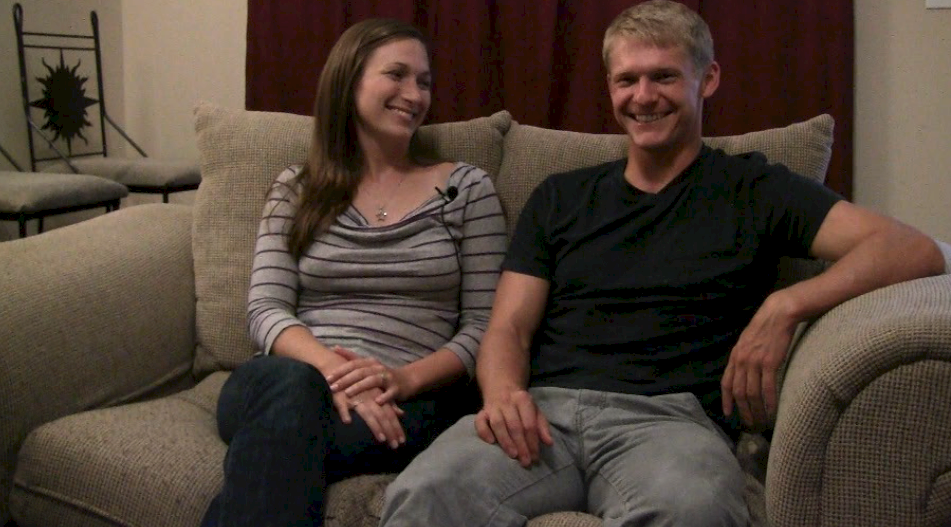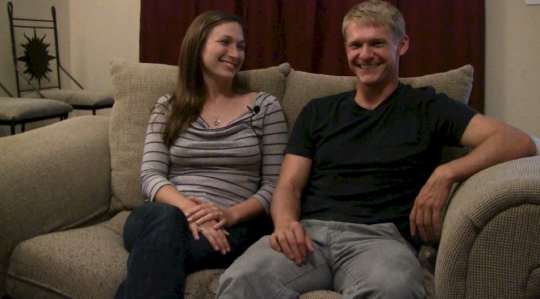When Travis Smith was an undergraduate, he shadowed doctors at health clinics in the Central African nation of Zambia. He saw a need that couldn’t be met.
People lined up for days, waiting to be seen. Mothers held crying babies. Nurses quickly recorded vital signs and asked about symptoms. Sometimes antibiotics were available. Most times, nurses could only console families and urge them to drink clean water, find clean sources of food, and wait.
That was summer 2008. Now Travis plans to study emergency medicine.
“You see the complete spectrum of people because anyone can go to the emergency department, and they must be treated,” he said. “As the doctor, you have to figure out what the problem is and help them.”
Smith, 25, is one of 40 fourth-year students in the first graduating class of the Georgia Regents University-University of Georgia Medical Partnership. Like most of his classmates, Smith applied for a specialty that will take him through additional training after medical school.
The United States faces a shortage of 90,000 primary care doctors by 2020 and 130,000 by 2025, says the Association of American Medical Colleges. About 48 million Americans live in areas where more primary care doctors — such as family physicians, internists and pediatricians — are needed. The demand will grow as the Affordable Care Act provides help to millions of previously uninsured patients.
Georgia’s population, meanwhile, has been increasing faster than its supply of primary care doctors.
Without “immediate statewide cooperation” in Georgia, the outlook is even worse and “the state may never again have an adequate supply of physicians,” according to a report by the association’s Center for Workforce Studies. Without changes, “Georgia will rank last in the United States in physicians per capita by 2020.”
Despite this nationwide demand for more family medicine doctors, Smith and medical students around the country still pursue specialties and subspecialties for their careers. The number of medical students considering primary care training, including family medicine, general pediatrics and general internal medicine, is falling. But at the same time, the need for such physicians is growing.
Between 2001 and 2010, the number of medical students increased by 13.6 percent, but those expected to enter primary care fields decreased by 6.3 percent.
[youtube]http://youtu.be/bUxccBNm6fY[/youtube]Smith and his classmates talk about these trends in class. But they clearly don’t like the notion of weighing one category of doctors against another. They say specialties contribute as much to solving the nation’s health problems as do careers in family medicine.
“In a lot of ways, emergency medicine is a primary care profession,’’ Smith said. “So many people come in for reasons that they very easily could have gone to their primary care doctor for but couldn’t get in for an appointment or waited too long.’’
Why do they do what they do?
When Bree Berry was a child, and adults asked her what she wanted to be when she grew up, she said “pediatrician.’’
“I had a great one when I was little, and I’ve always been interested in that aspect of primary care and being the person who patients seek when they’re sick,’’ she said. “I like the idea of building long-term relationships with patients.’’
After a summer internship in pediatrics research and a pediatrics rotation, she confirmed what she already knew.
“I feel lucky that what I want to do with general outpatient pediatrics will help with the doctor shortage,’’ she said. “It’s not self-sacrificing on my behalf. I’m able to do what I want to do.’’
Earlier this year, several academic journals investigated how today’s medical students choose their specialties, and what factors influence their decisions. Some say money, some say debt, and others say it boils down to student personality.
“The choice of a specialty is a complex and important one for the student that has significant implications for the health care and health of the community,’’ David Mirvis, a public health professor at the University of Tennessee, wrote earlier this year. Many decisions “reflect student needs and values.’’
These needs and values include lifestyle, intellectual stimulation and income. Other factors — such as work hours, attitudes of the community, and prestige — play into the decision as well.
There is a direct correlation between the specialties that students choose and how much they expect to earn, reported University of Georgia professor Mark Ebell in 2009.
“Unfortunately, less than 15 percent of graduating medical students will be in primary care practices,’’ he said. “In most countries, about half of students are in primary care practices, and those countries consistently have better health outcomes and provide care more efficiently than in the U.S.’’
Among the major factors that students consider when choosing which specialty to pursue, student loan debt is actually the least important, according to an Association of American Medical Colleges survey released in February. But most of the 14,000 survey respondents did say future salary is a major part of the decision.
“Money and the lifestyle that goes with it do play a role in people’s decisions,’’ said Berry, 24. “Students may enjoy their family practice rotation just as much as cardiology, but if you look at the long hours for not as great of a reimbursement, it’s easy for students to lean toward a specialty instead.’’
A sense of place
For Clay Hartley, location is what matters most. Born and raised in southwest Georgia, he plans to practice there and has already asked for rotations in that area.
“It’s one of the most severe areas in terms of the shortage of primary care doctors and doctors in general,” he said. “I feel a sense of responsibility to go back and help.’’
Hartley, 24, is still deciding what this means in terms of specialization, but as long as he’s in the right location, he’ll be happy.
“This is the thing you’re going to do in the morning and even in the middle of the night sometimes,’’ he said. “If you’re not happy, it’s not going to last.’’
If Hartley steers his career toward primary care, he may be eligible for incentive programs aimed at bringing more doctors to rural areas. The American Medical Association offers some financial incentives, including loan interest caps and several tuition assistance and loan-forgiveness programs.
In February 2013, $10 million in federal funding helped 87 medical students repay their loans if they worked full time for three years or part time for six years under the National Health Service Corps Program.
As long as certain specialties — such as surgery or emergency medicine — help families as a whole, Hartley believes they should be considered part of the solution to the primary care shortage.
“These fields may not fall under the textbook definition of primary care, but they all deal with annual visits, blood pressure, and cholesterol,’’ he said. “To me, primary care should be about what your everyday people need, and they need all kinds of doctors and surgeons.’’
Carolyn Crist is pursuing her master’s degree in Health and Medical Journalism from the University of Georgia. She graduated from UGA in 2010 with degrees in newspapers and English and worked at The Times in Gainesville as an education and political reporter.


